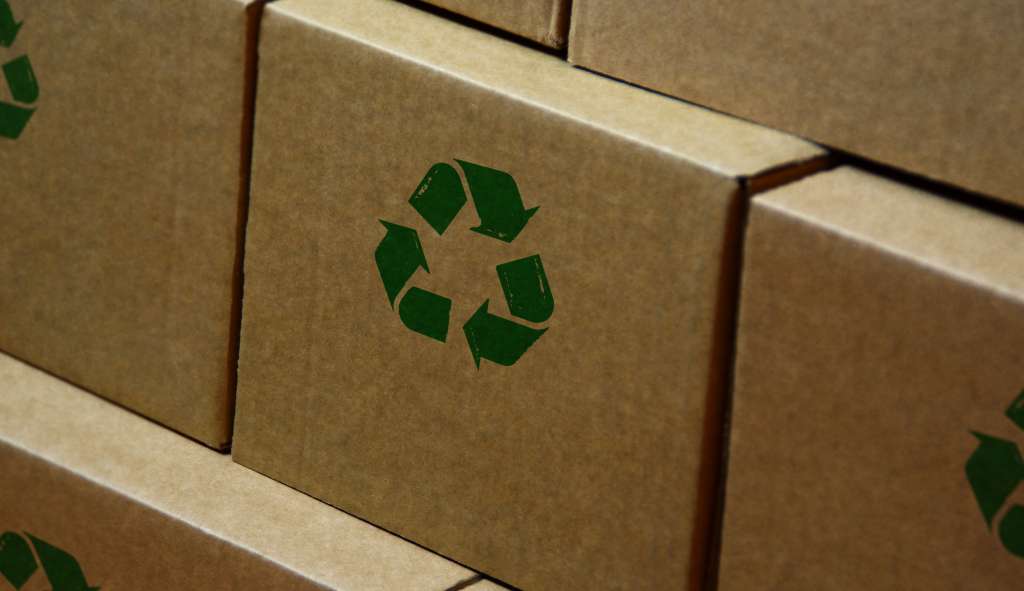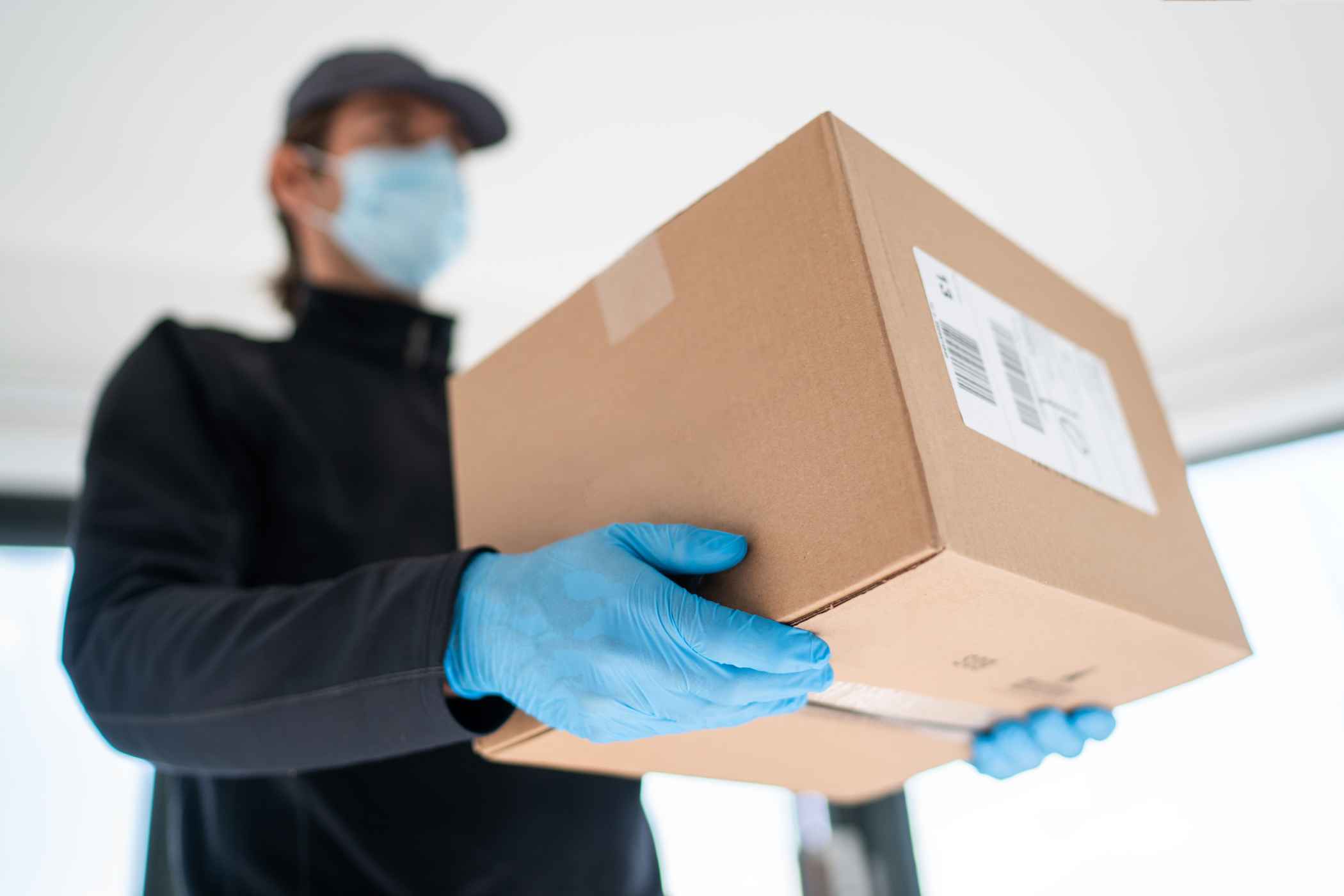Small steps to replace plastics in the fashion supply chain



Summary: The use of plastics and their impact on the environment is worrisome across the board, not just for the fashion industry. As the pressure mount from the consumer and government to reduce the plastic waste that is polluting land and ocean, the industry is looking for options to reduce plastic consumption in the entire supply chain.
Fashion leans heavily on plastics to churn out new designs—from trims to polyester as fabric and packaging. The search for alternatives to plastics is not easy. The fashion industry has to work tirelessly to reduce plastic from its complex supply chain. Technology and innovation have brought forward a slew of companies experimenting with new sustainable products, but they may not be pocket-friendly.
Yet brands cannot let up on the hunt for eco-friendly alternatives. Here's the list of sustainable products that can be explored as replacements for plastics.
Search for sustainable fabrics
Polyester has captured almost 60 percent of the textile market share and its usage is expected to rise further. No doubt, the sustainability efforts are focused on finding alternatives to polyester.

1. Lyocell is a semi-synthetic fiber derived from the Eucalyptus plant. Products by Austrian manufacturers under the brand name Tencel have gained popularity in the fashion world and are used in jeans, intimate wear, and even bed linen.
2. Econyl is a regenerated nylon from a company called Aqualfil that uses plastic waste from land and ocean to bring out a product that can be recycled many times.
3. PrimaLoft is biodegradable and recycled polyester that breaks down when exposed to microbes present in land and ocean, eliminating waste at a faster rate.
4. Bamboo: The plant is easily grown and can have multiple applications from making toothbrushes to straws, besides being used in the fabric.
5. Hemp: As the plant requires little water be to harvested, garment makers are trying to incorporate more of this plant in their green efforts.
6. Mushroom: Hermes has tied up with MycoWorks, an American start-up, that claims to have developed vegan leather out of mushrooms.
7. Pineapple: Who could have thought that pineapple waste could be blended into a leather alternative, but a brand name Pinatex is doing just that.
8. Linen: A product of the flax plant, it has been around for quite some time. The apparel made out of linen not only keeps cool during summer but also lasts longer than cotton.
9. Grape waste leather: An Italian company, Vegea, is using grape waste to make synthetic leather that can replace vinyl imitation leather and the yarn can also be used in the fabric.
10. Liquid wood: This promising bioplastic is made from pulp-based lignin, a renewable resource that mimics plastic in touch and feel, but is biodegradable. It is being used to replace nylon in synthetics.
11. Synthetic cotton: New Fashion Welding makes a cotton textile called Clarus that has been treated to partially break down the organic material resulting in cotton yarn behaving like a synthetic material.
Small choices can have a huge impact

With the focus on fabrics, trims have escaped the notice of sustainability vigilantes. There is a whole line of buttons, zippers, labels, tape, sequins, and eyelets that have a strong plastic imprint and need to be overhauled.
12. Cardboard hangers: The ubiquitous item in every apparel company and store are being replaced with either light wooden or cardboard hangers or at best designed in a more ecologically friendly way.
13. Bioplastic glitter: Companies such as Bioglitter have come out with biodegradable glitter. Plastic glitters, which have been finding their way to the ocean, have often been called out for polluting the environment.
14. Corozo buttons: In an attempt to replace plastic buttons with more eco-friendly ones, Corozo Buttons manufactures buttons using a corozo, a plant found in South America and said to be light on the wallet as well.
15. Coconut shell button: Another option is coconut shell buttons but one of the limiting factors is its color.
16. Green snaps: Prym’s eco-green snaps are made from plant-based renewable resources such as potato starch, to reduce dependence on fossil resources.
17. Eco-friendly labels: Labels made from sustainably sourced materials such as bamboo and hemp are a good alternative. Avery Dennison, a US-based brand, has gone for third-party certification for its sustainable labels.
Sustainable packaging

The packaging problem also needs to be addressed for a full-blown war against plastics.
18. PLA polyester: Biodegradable plastics are being made from processing corn. Polylactic acid or PLA is extracted from lactic acid that is produced during fermenting wet corn and can be used to make containers
19. Paper bags are a green alternative to poly bags in shipping where the goods cannot be damaged due to high moisture in the air.
2 0. Corrugated boxes are made from cellulose fiber and old corrugated containers, they can be reused up to 10 times to make new packaging material.
21. Glassine: A thin smooth and glossy compostable paper is a good option for replacing the plastic coating of material to protect it from moisture during shipping.
2 2.Cellulose packaging: As the name suggests, it is derived from plants and is a great way to protect the material from humidity during transport.
23. Kraft paper: Manufactured from wood pulp, the material is just right for mailers to do away with plastic.
Inculcating no-plastic habits in the office
24. Biodegradable bin bags: Biodegradable bin bag options to dispose of waste from office.
25. Straws: There are plenty of options such as paper or bamboo straws to replace plastic straws.
26. Leafplates are a great option o replace disposable plastic plates.
27. Molasses cutlery made out of sugar cane waste is an eco-friendly alternative.
28. Cleaning wipes: Plastic wipes can be easily done away with by opting for eco-friendly wipes which come at no great cost.
29. Compostable coffee mug lids: Plastic lids can be replaced with compostable covers for coffee mugs.
30. Canvas bags are an idealand durable alternative to synthetic backpacks.
Plastics are everywhere; they are deeply entrenched in the fashion supply chains as well. Greenpeace estimates that by 2050 there will be more plastic than water. The world is hard-pressed to find a replacement for plastics, and the fashion industry, too, is in a race against time to meet sustainability goals. Introducing sustainable products to eliminate plastics from the supply chain can be a good beginning.
Key takeaways
1. The fashion industry is in search of eco-friendly alternatives to plastics in fabric and trims.
2. New and sustainable alternatives may cost more than virgin plastics, adding a hurdle to their adoption.
If you are looking for reliable manufacturers who can take your ethical fabric concerns on board, reach out to Fashinza. The platform works with a chosen group of manufacturers with proven track records of ethical and sustainable practices. Partner with Fashinza for all your manufacturing needs.
Partner with Fashinza for all your manufacturing needs.



















